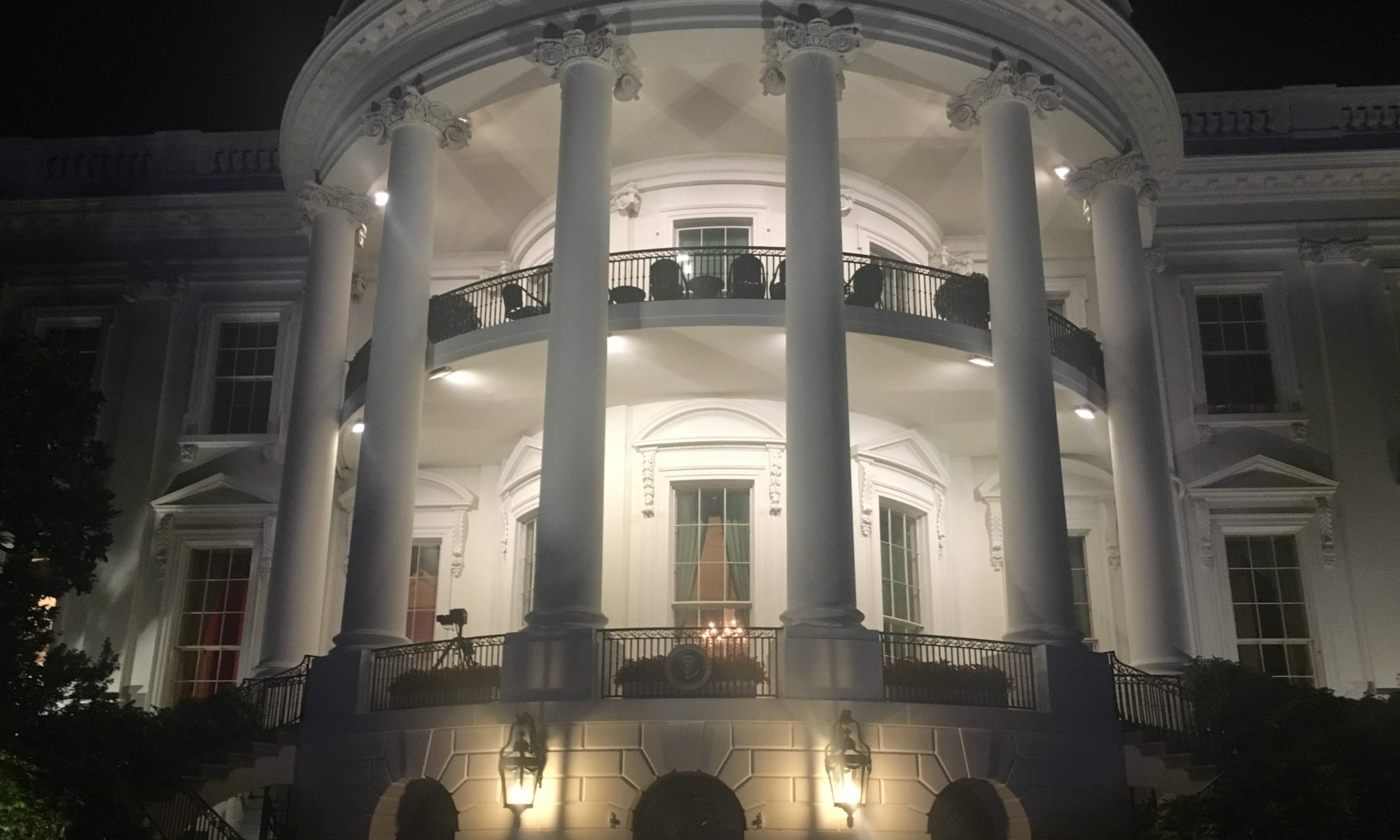April 5, 2018
Yesterday was the 50th anniversary of the assassination of Dr. Martin Luther King, Jr. There were sober reflections, book-length re-appraisals, op-eds in the “paper of record,” and appropriate commemorations. The assessment of both the magnitude of Dr. King’s achievements and of how relentlessly those achievements have been attacked from the moment of his death is necessary, but not sufficient.
It is insufficient because no mere recitation of facts and figures showing how little progress we have made towards Dr. King’s anodyne dream that Black people be judged by “the content of their character,” let alone his more radical call that we confront militarism and capitalism, along with racism, gets to the root of our persistent problem. We know that the laws mandating desegregation and equal opportunity were met with instantaneous and steadfast opposition. We know that as a result, schools are more segregated now than they were prior to Brown v. Board of Education (S.Ct. 1954). We know that employment discrimination is stubbornly persistent, despite the passage of Title VII and that the wealth gap between white and black Americans has exploded. What we don’t spend enough time confronting is why?
The reason, quite simply, is that far too many Americans, from police officers to hiring managers to school teachers, don’t consider black people to be fellow human beings, with the same hopes, dreams, fears and God-given potential as every other American. How else do we explain the serial lawsuits challenging affirmative action? After losing at the Supreme Court in Fisher v. University of Texas, conservative Edward Blum, whose bank account and antipathy to equal opportunity knows no bounds, is now attempting to pit Asian Americans against African Americans. The lawsuit, Students for Fair Admissions v. Harvard, asserts that Harvard is discriminating against Asian American students by admitting “less qualified” Black and Latino students. There is no consideration of the fact that Harvard’s approach to admissions was upheld by the Supreme Court in Regents of the University of California v. Bakke (S. Ct. 1978) or of the fact that Harvard needs to make up for a legacy of imposing racial quotas that capped the number of Black students at 12 per year until the 1970s (Source: “Affirmative Reaction,” by Dennis O. Ogogho, The Harvard Crimson, 3/13/14).
How else do we explain the murder of Saheed Vassell by New York City police officers in broad daylight on a Brooklyn street corner? Vassell, who suffered from bipolar disorder, was killed in a hail of bullets after five officers responding to a call about a disturbed and “menacing” man, mistook the shower head he was holding for a gun. Some witnesses assert that the officers did not say anything before firing (Source: “NYPD cops shot bipolar man nine times; bullets hit head, chest,” by Adam Shrier, Thomas Tracy; Larry McShane, The New York Daily News, 4/5/18).
The truth is that the alacrity with which fear is accepted as a justifiable excuse for our summary execution and the persistent inability across the centuries to conceive of black people as the intellectual equals of other Americans are both symptoms of the same disease. The only way to avoid facing the enormity of the crime of building a country on a foundation of stolen black labor is to dehumanize its victims. It will require nothing less than an exercise of radical re-imagination to right the ship. At bottom, the fear is not that black people are radically different from white Americans — the fear is that we are just the same.

Beautifully written as always. The last line was perfect! Nan
Thank you Nan!